In the world of reptile companionship, few creatures capture the hearts of enthusiasts quite like the leopard gecko. These charming, spotted reptiles with their distinctive appearance and relatively easy care requirements have become immensely popular pets. While many potential owners are drawn to their unique personalities and manageable size, one question frequently arises: “How long will my leopard gecko live?” The answer isn’t as straightforward as you might think. Leopard geckos can live remarkably long lives compared to many other small pets, but their longevity depends significantly on the care they receive. This article explores the fascinating truth about leopard gecko lifespans and provides comprehensive guidance on how you can help your scaly friend live its longest, healthiest life possible.
The Natural Lifespan of Leopard Geckos
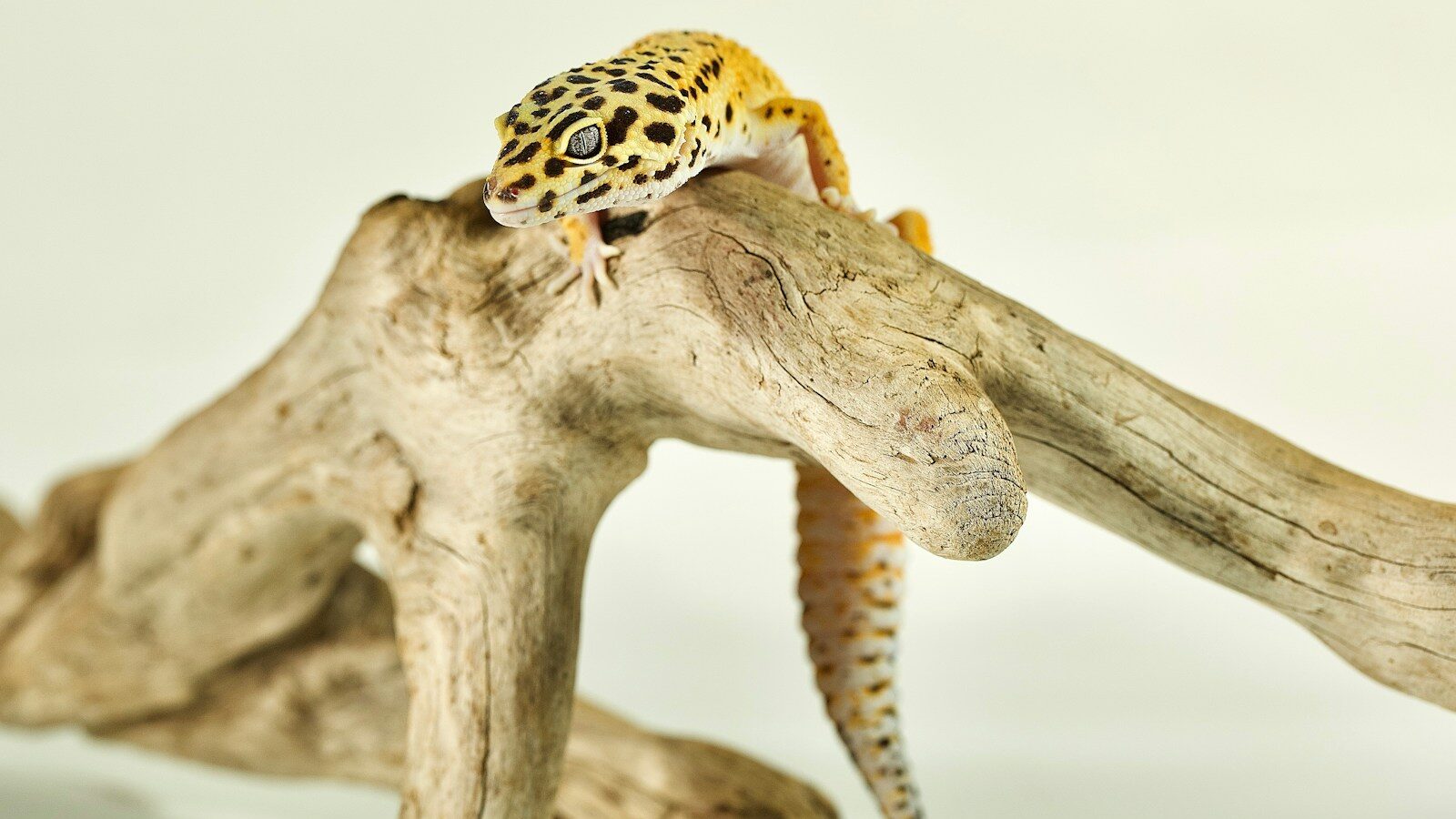
In the wild, leopard geckos (Eublepharis macularius) typically live between 6-10 years, facing numerous challenges including predation, disease, and environmental stressors. This relatively long lifespan for a small reptile is a testament to their evolutionary adaptations that have helped them survive in the harsh desert environments of Afghanistan, Pakistan, and parts of India. However, the controlled environment of captivity offers these reptiles protection from many natural threats, potentially extending their lives significantly. When properly cared for, captive leopard geckos frequently live 15-20 years, with exceptional specimens reaching beyond 20 years of age. This remarkable longevity makes them one of the longest-lived small reptile pets, outlasting many dogs, cats, and certainly other popular reptiles like anoles or day geckos.
Genetic Factors Influencing Lifespan

Genetics play a crucial role in determining how long your leopard gecko might live, much like with any animal. Geckos from robust bloodlines with a history of longevity are more likely to live longer lives themselves. The explosion in leopard gecko breeding has created numerous morphs with distinctive patterns and colorations, but some evidence suggests that certain morphs may be predisposed to health issues that could impact lifespan. For example, enigma syndrome, associated with the enigma morph, can cause neurological issues that affect quality of life and potentially longevity. When selecting a leopard gecko, researching the breeder’s reputation and asking about the health history of the gecko’s lineage can provide valuable insights into your pet’s genetic predisposition for a long life. Avoiding heavily inbred lines and extreme morphs with known health complications can help ensure you start with a genetically healthy specimen.
The Impact of Proper Housing on Longevity
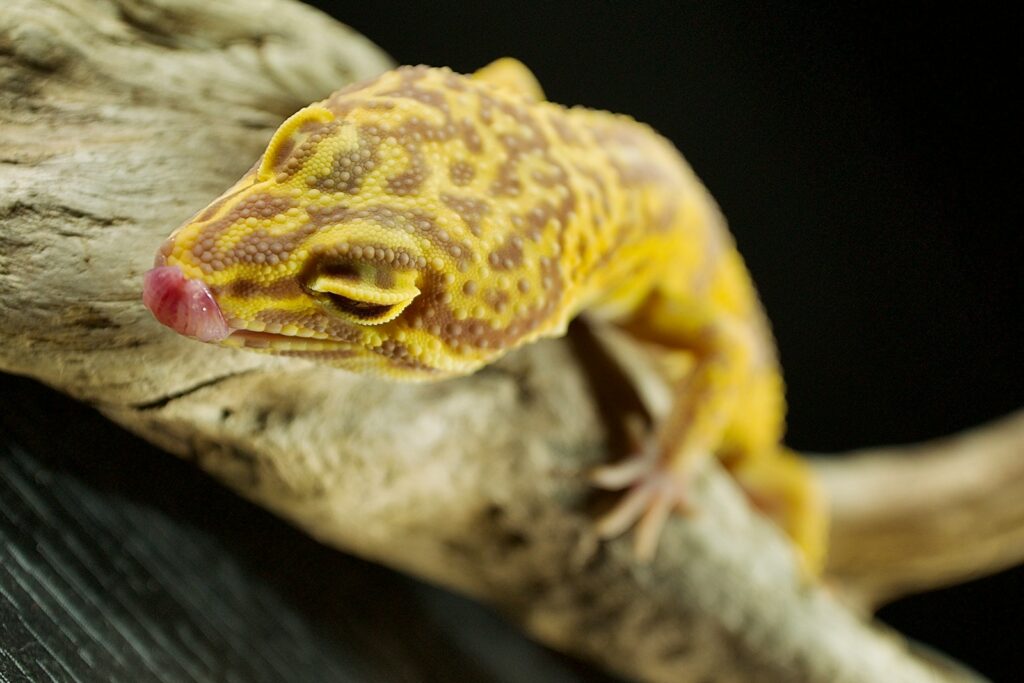
The environment you create for your leopard gecko fundamentally influences its lifespan, with appropriate housing being a cornerstone of longevity. A properly sized enclosure—at minimum 20 gallons for a single adult, though larger is preferable—provides essential space for movement, exploration, and natural behaviors that contribute to physical and mental well-being. Temperature gradients are absolutely critical, as leopard geckos require a warm side (88-92°F) for digestion and a cooler side (75-80°F) for thermoregulation, along with a properly heated spot for belly heat to aid digestion. Substrate choices significantly impact health, with impaction from loose substrates like sand being a potentially fatal condition; paper towels, reptile carpet, or slate tiles offer safer alternatives, especially for younger geckos. Providing multiple hides, including a humid hide filled with moist sphagnum moss or coconut fiber, helps facilitate proper shedding and prevents dysecdysis (shedding problems), which left untreated can lead to circulation issues, infection, and shortened lifespan.
Nutrition: The Foundation of a Long Life
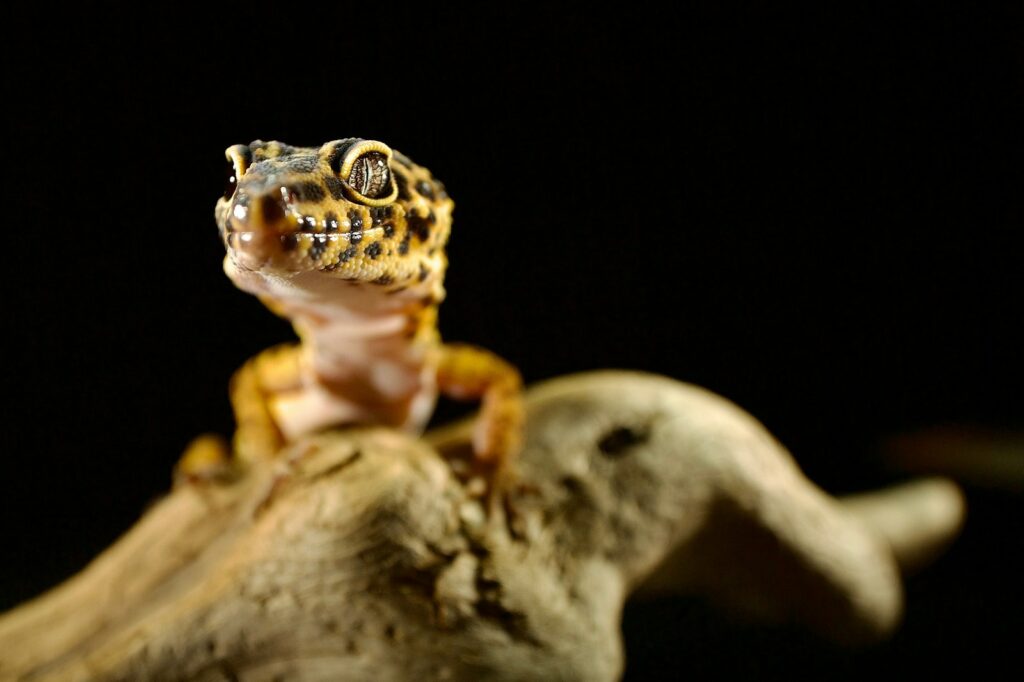
Nutrition stands as perhaps the single most influential factor in determining a leopard gecko’s lifespan, with poor diet directly linked to numerous health complications that can significantly shorten life expectancy. A proper diet for leopard geckos consists primarily of live insects, including crickets, dubia roaches, mealworms, and superworms, which must themselves be gut-loaded (fed nutritious foods) 24-48 hours before being offered to your gecko. Essential supplements play a critical role in preventing nutritional deficiencies, with calcium supplementation being particularly important to prevent metabolic bone disease—a debilitating and potentially fatal condition resulting from calcium deficiency. A proper supplementation schedule typically includes dusting feeders with calcium (with D3 if UV lighting is not provided) several times weekly and a multivitamin once weekly. Variety in the diet is equally important, as different insects offer different nutritional profiles; relying solely on one feeder insect, particularly mealworms, can lead to nutritional imbalances that may manifest as health problems years later.
The Controversy Around UV Lighting
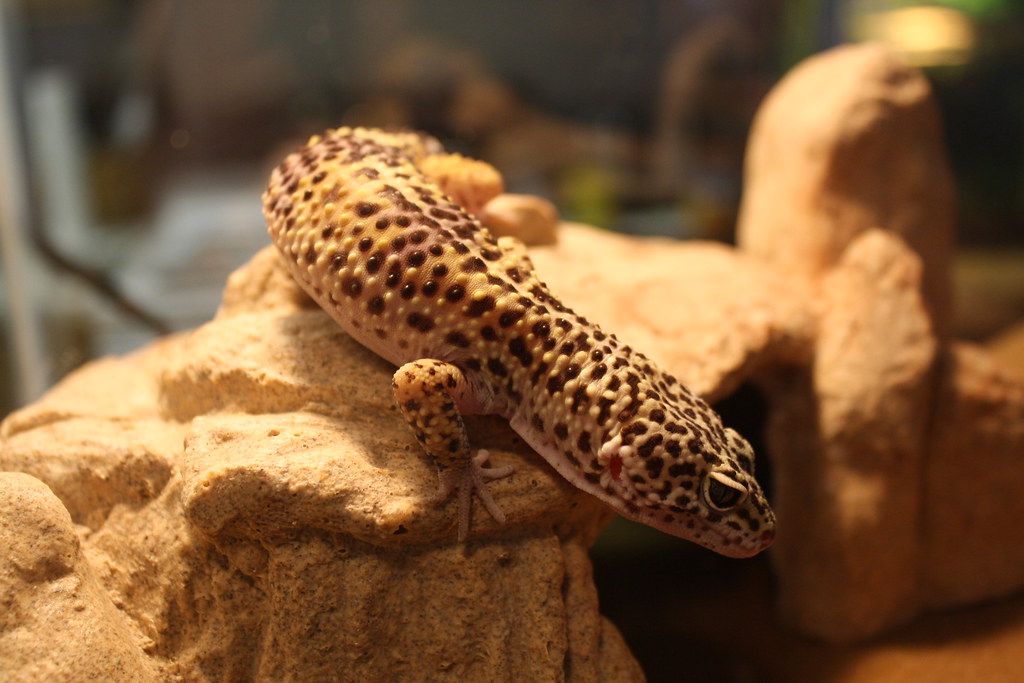
The use of UVB lighting for leopard geckos represents one of the most debated topics in gecko husbandry, with implications for long-term health and lifespan. Traditionally, leopard geckos were kept without UVB lighting because they are crepuscular (active during dawn and dusk) and not typically exposed to strong sunlight in the wild. However, recent research suggests that even limited UVB exposure in the wild may be beneficial, enabling natural vitamin D3 synthesis which facilitates calcium absorption and utilization. Modern husbandry practices increasingly incorporate low-level UVB lighting (2-5% UVB bulbs) positioned to create a gradient, allowing the gecko to self-regulate its exposure. When UVB is provided, calcium supplementation must be adjusted accordingly, generally reducing the frequency of calcium with D3 to prevent potential overdose. While many long-lived geckos have thrived without UVB lighting and with proper supplementation, growing evidence suggests that appropriate UVB exposure may contribute to more robust health and potentially extended lifespan by supporting natural physiological processes.
Hydration and Its Role in Longevity
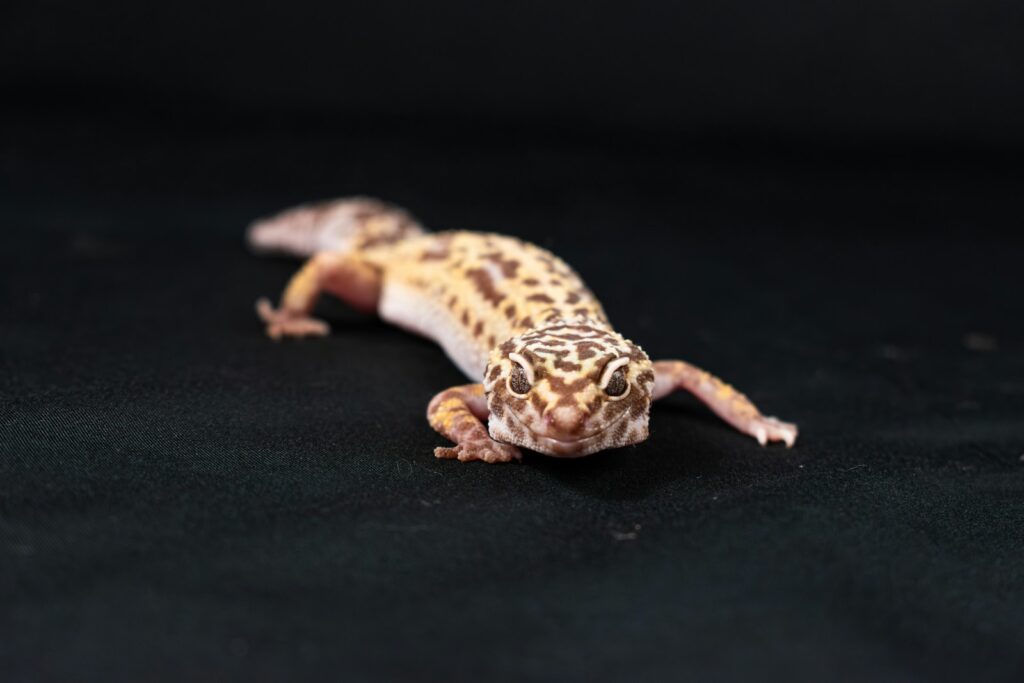
Proper hydration plays a pivotal yet often underestimated role in leopard gecko health and longevity, despite their evolution in arid environments. Leopard geckos obtain moisture not only from drinking water but also from their food and the humidity in their environment, particularly within their humid hide. A shallow water dish should always be available, cleaned and refreshed daily to prevent bacterial growth, with some owners reporting that their geckos prefer drinking from water droplets on surfaces rather than standing water. Dehydration can occur rapidly in the controlled environment of captivity, particularly with the dry heat from under-tank heaters, leading to problems with shedding, digestion, and kidney function—all of which can significantly impact long-term health. Conversely, excessive humidity in the overall enclosure (rather than just in the humid hide) can predispose geckos to respiratory infections and skin issues, highlighting the importance of maintaining proper environmental balance. Regular weight monitoring can help detect dehydration early, as water constitutes a significant percentage of a gecko’s body weight, and sudden weight loss often indicates dehydration before other clinical signs become apparent.
Exercise and Enrichment for Healthy Aging
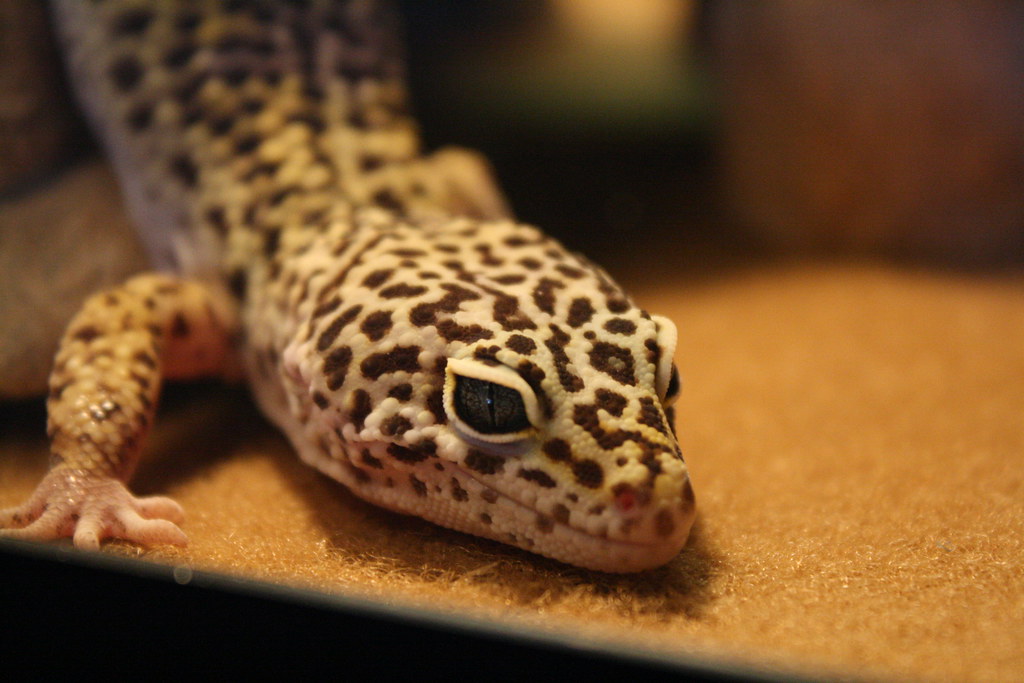
Mental and physical stimulation through appropriate exercise and environmental enrichment contributes significantly to a leopard gecko’s overall well-being and potential longevity. Contrary to popular belief, leopard geckos are not simply sedentary creatures; in the wild, they actively forage for food, explore territories, and interact with their environment in complex ways. Captive environments should therefore provide opportunities for climbing on safe, low structures, exploring various textures and surfaces, and engaging in natural hunting behaviors. Feeding methods can incorporate enrichment by occasionally scatter-feeding appropriately sized insects throughout the enclosure, encouraging physical activity and natural hunting behaviors rather than simply offering food from a dish. Regular but gentle handling can also provide beneficial stimulation, though this should always respect the individual gecko’s temperament and comfort level. An enriched environment not only prevents obesity—a significant factor in reduced lifespan—but also appears to maintain cognitive function and appetite in aging geckos, with many experienced keepers reporting that more active and engaged older geckos maintain better health into their senior years.
Health Monitoring and Preventative Care
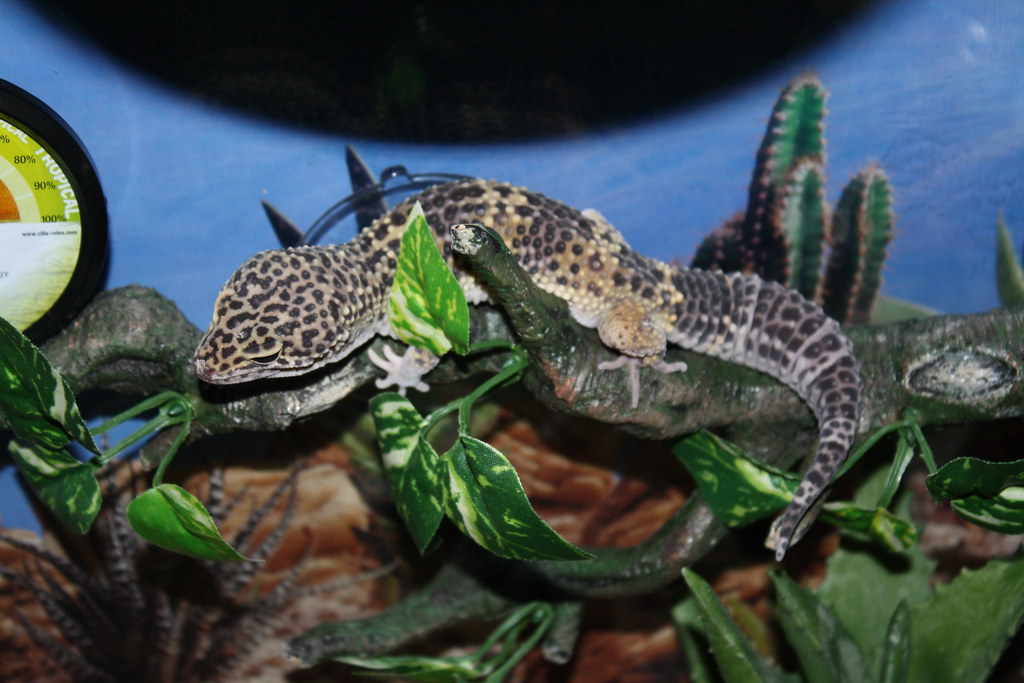
Regular health monitoring and preventative care represent fundamental practices that can significantly extend a leopard gecko’s lifespan by identifying potential issues before they become life-threatening. Establishing a baseline for your gecko’s normal appearance, behavior, appetite, and weight allows for the early detection of subtle changes that might indicate developing health problems. Weekly health checks should include examining the skin for abnormalities or incomplete sheds, observing the eyes for clarity and alertness, checking the mouth for signs of infection or retained food, and monitoring fecal output for consistency and frequency. Weight should be tracked monthly using a digital scale sensitive to grams, with sudden weight loss or gain warranting closer attention. Annual or biannual veterinary check-ups with an experienced reptile veterinarian can detect issues not visible to the untrained eye, including parasitic infections that can silently undermine health for years before becoming clinically apparent. Maintaining detailed health records throughout your gecko’s life provides valuable information for both you and your veterinarian, potentially revealing patterns that might otherwise go unnoticed in a pet that can live for two decades.
Common Health Issues Affecting Lifespan
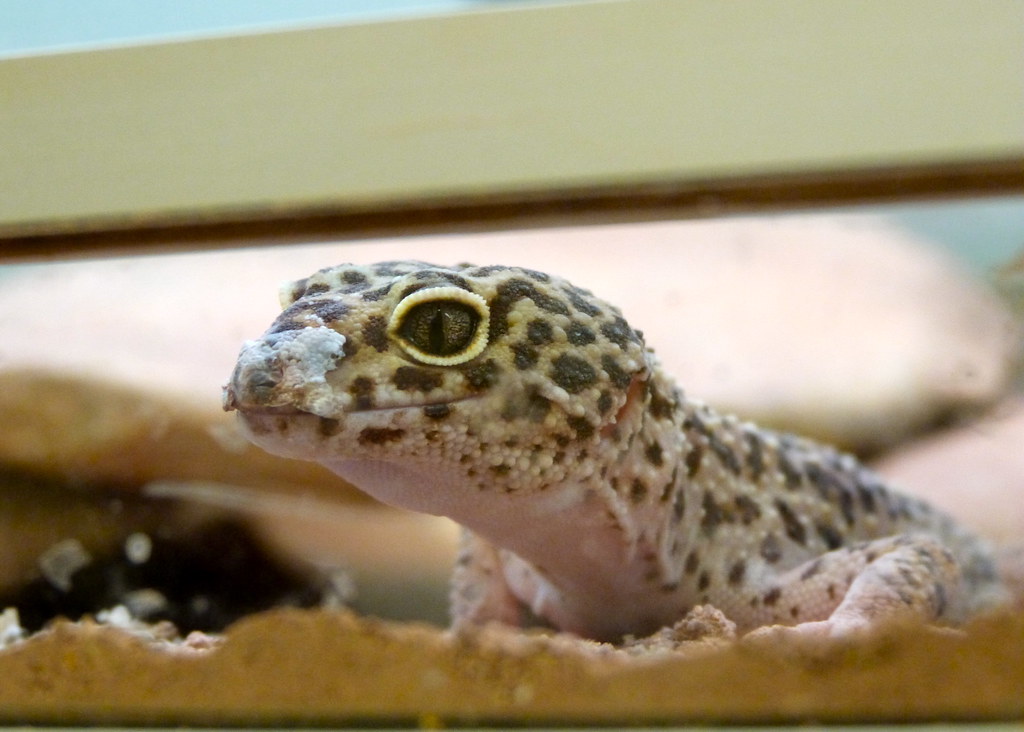
Several health conditions frequently affect leopard geckos and can significantly impact their longevity if not promptly addressed. Metabolic bone disease (MBD), resulting from calcium deficiency or improper calcium metabolism, manifests as skeletal deformities, tremors, and weakness; while early intervention can halt progression, severe cases cause permanent damage that may shorten lifespan. Impaction—intestinal blockage typically from ingested substrate or oversized prey—presents as constipation, appetite loss, and lethargy, requiring immediate veterinary attention as it can be fatal within days if untreated. Respiratory infections, often triggered by excessive humidity or cool temperatures, cause breathing difficulties, mucus discharge, and reduced activity; these require antibiotic treatment and environmental correction to prevent chronic damage to the respiratory system. Parasitic infections, both internal (like cryptosporidiosis and pinworms) and external (like mites), can cause insidious health decline and are unfortunately common in captive populations, highlighting the importance of quarantine periods for new geckos and regular fecal testing. Early detection and appropriate treatment of these common conditions not only resolves immediate health concerns but also prevents the cascade of secondary complications that often lead to premature death in captive geckos.
Stress Factors That Shorten Lifespan

Chronic stress represents a significant yet often overlooked factor that can substantially reduce a leopard gecko’s lifespan through its profound physiological effects. Housing incompatible geckos together frequently leads to stress, as leopard geckos are naturally solitary animals; even females can establish dominance hierarchies that result in feeding competition, weight loss, and increased susceptibility to disease for subordinate individuals. Excessive handling, particularly during the day when these nocturnal creatures would naturally be resting, disrupts their biological rhythms and can lead to chronic stress response that suppresses immune function. Environmental stressors such as insufficient hiding places, exposure to household vibrations (washing machines, loud music), or frequent enclosure rearrangements can create persistent anxiety that manifests as reduced feeding, weight loss, and immunosuppression. Perhaps most significantly, the presence of predator species nearby—even as seemingly benign as the family cat watching the enclosure—can trigger profound stress responses in leopard geckos, who evolutionarily recognize mammalian predators through scent and visual cues. Addressing these stress factors through appropriate housing, handling protocols, and environmental management can significantly impact both quality of life and longevity for captive leopard geckos.
Breeding and Its Impact on Female Longevity

Breeding takes a considerable physiological toll on female leopard geckos, potentially reducing their lifespan if not managed responsibly. The egg production process demands significant calcium and nutritional resources from the female’s body, with each clutch (typically 1-2 eggs laid every 2-4 weeks during breeding season) depleting bodily reserves that must be replenished through excellent nutrition and supplementation. Females who breed too young (under one year of age) or before reaching adequate weight (at least 50 grams) risk developmental issues, egg binding, and premature death due to the overwhelming physiological demands placed on an immature body. Excessive breeding frequency or extended breeding seasons without adequate recovery periods can lead to conditions like egg binding (dystocia), prolapse, nutritional secondary hyperparathyroidism (metabolic bone disease), and severe weight loss—all potentially fatal conditions. Responsible breeding practices include limiting breeding to mature, healthy females, restricting breeding to a natural seasonal cycle rather than year-round production, providing increased calcium supplementation during egg production, and allowing for complete recovery periods between breeding seasons, which collectively can help maintain female health and longevity despite the inherent stresses of reproduction.
Caring for the Aging Gecko
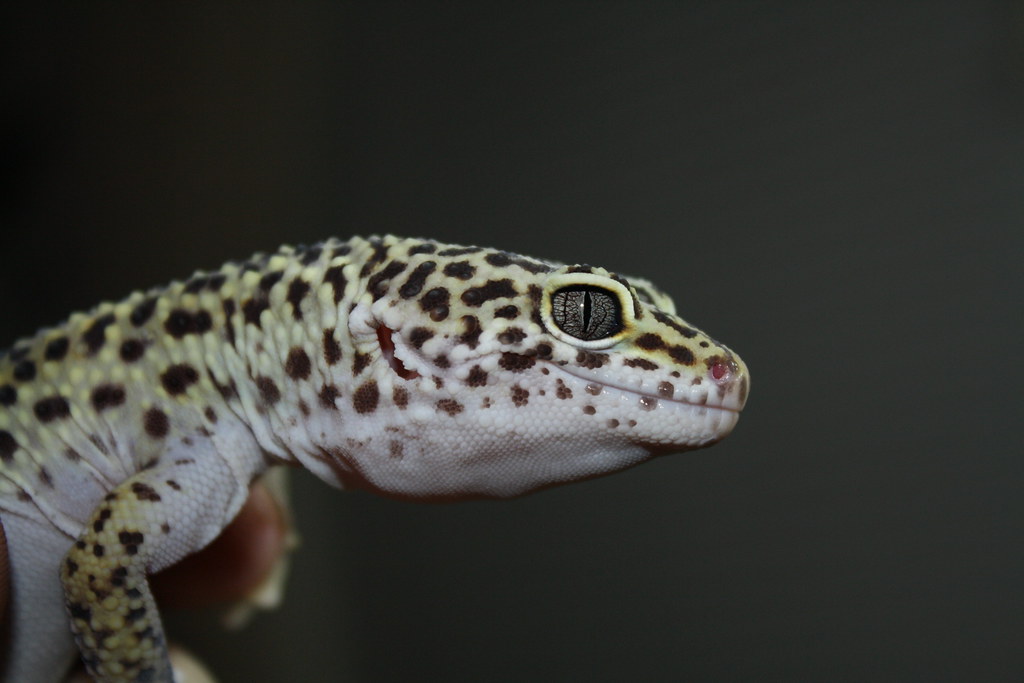
As leopard geckos enter their senior years (generally considered 10+ years), they require specialized care adaptations to maintain quality of life and potentially extend their remaining years. Age-related changes typically include decreased appetite, reduced activity levels, slower metabolism, and sometimes weight loss despite appropriate feeding, all requiring adjustments to husbandry practices. Environmental modifications become increasingly important, such as providing easier access to basking spots through ramps or lower climbing structures, maintaining slightly warmer ambient temperatures to compensate for decreased thermoregulatory efficiency, and ensuring water dishes are shallow and easily accessible. Nutritional requirements often change with age, with many older geckos benefiting from smaller, more frequent meals of softer prey items like waxworms (in moderation) or hornworms, along with adjusted supplementation schedules that may include increased vitamin A and reduced phosphorus. Health monitoring becomes particularly crucial in geriatric geckos, with regular weight checks and veterinary examinations recommended quarterly rather than annually, as age-related conditions like kidney disease, liver dysfunction, and ocular issues develop more rapidly and respond better to early intervention. The vigilant care of an aging leopard gecko often results in several additional quality years of life, with many well-maintained geckos remaining active and engaged well into their late teens or early twenties.
Record-Breaking Lifespans and What We Can Learn
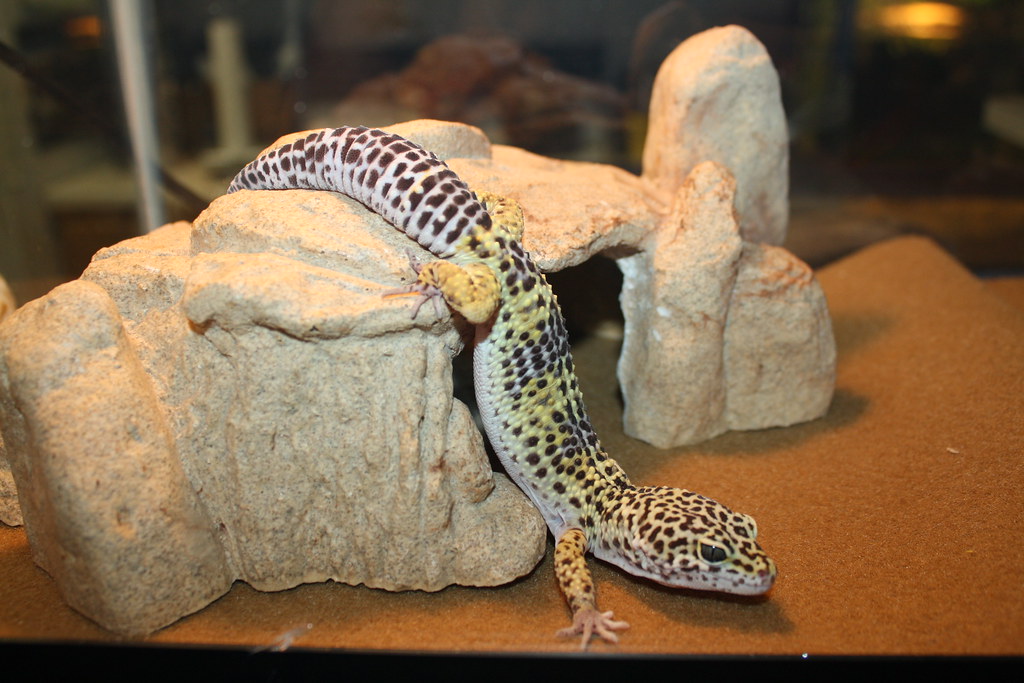
Documented cases of exceptionally long-lived leopard geckos provide valuable insights into the factors that contribute to maximum lifespan potential in these reptiles. The oldest verified leopard gecko lived to 32 years and 3 months in captivity, far exceeding the average 15-20 year expectancy and demonstrating the remarkable longevity possible with optimal care. Analysis of these record-breaking cases reveals several common factors: consistency in care routines rather than frequent changes to housing or diet; spacious, enriched environments that encouraged natural behaviors throughout life; diets featuring variety rather than convenience; owners who maintained detailed health records and established relationships with specialized reptile veterinarians; and interestingly, many of these exceptionally old geckos were never bred, supporting the theory that reproductive stress may indeed impact overall lifespan. Perhaps most significantly, these long-lived specimens were typically acquired as young geckos from reputable breeders rather than as wild-caught animals, suggesting that starting with a healthy, captive-bred foundation and then providing lifetime optimal care represents the best strategy for maximizing potential lifespan. The documented care protocols for these record-setting geckos now inform many of the best practices recommended by herpetologists and advanced keepers for leopard gecko husbandry.
The extraordinary lifespan potential of leopard geckos represents both a commitment and an opportunity for reptile enthusiasts. When properly cared for, these fascinating creatures can accompany their owners through decades of life, often outliving many other pets. The keys to maximizing your gecko’s lifespan lie in providing optimal housing with appropriate temperature gradients, offering excellent nutrition with proper supplementation, creating enriching environments that encourage natural behaviors, monitoring health vigilantly, and responding promptly to any emerging issues. While genetics certainly play a role in determining lifespan potential, the day-to-day care decisions made by owners have the most significant impact on whether a leopard gecko will live merely an average lifespan or reach its full longevity potential of two decades or more. By implementing the comprehensive care strategies outlined in this article, you give your scaly companion the best possible chance at a long, healthy life—potentially creating a reptilian friendship that spans a significant portion of your own life journey.

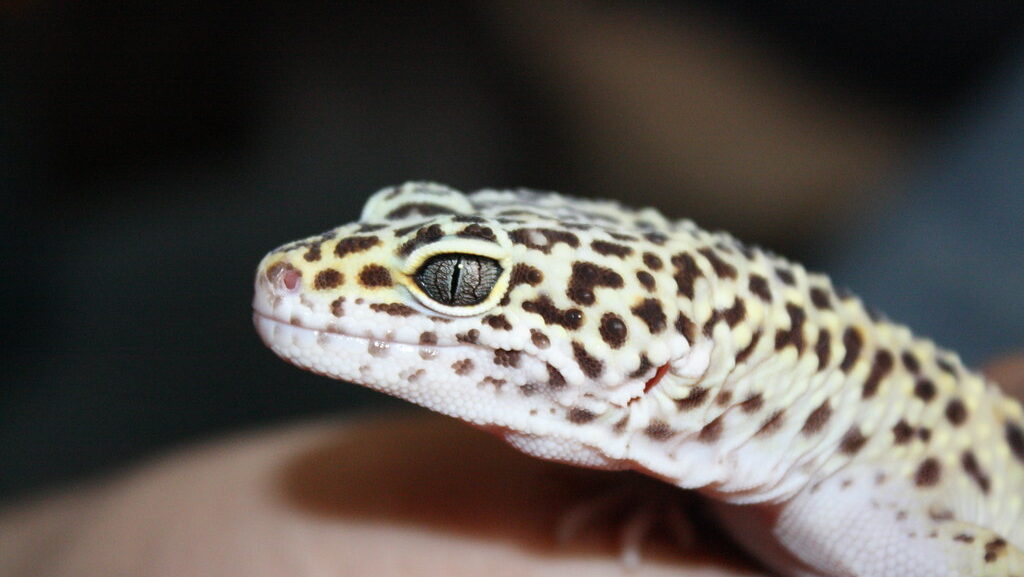





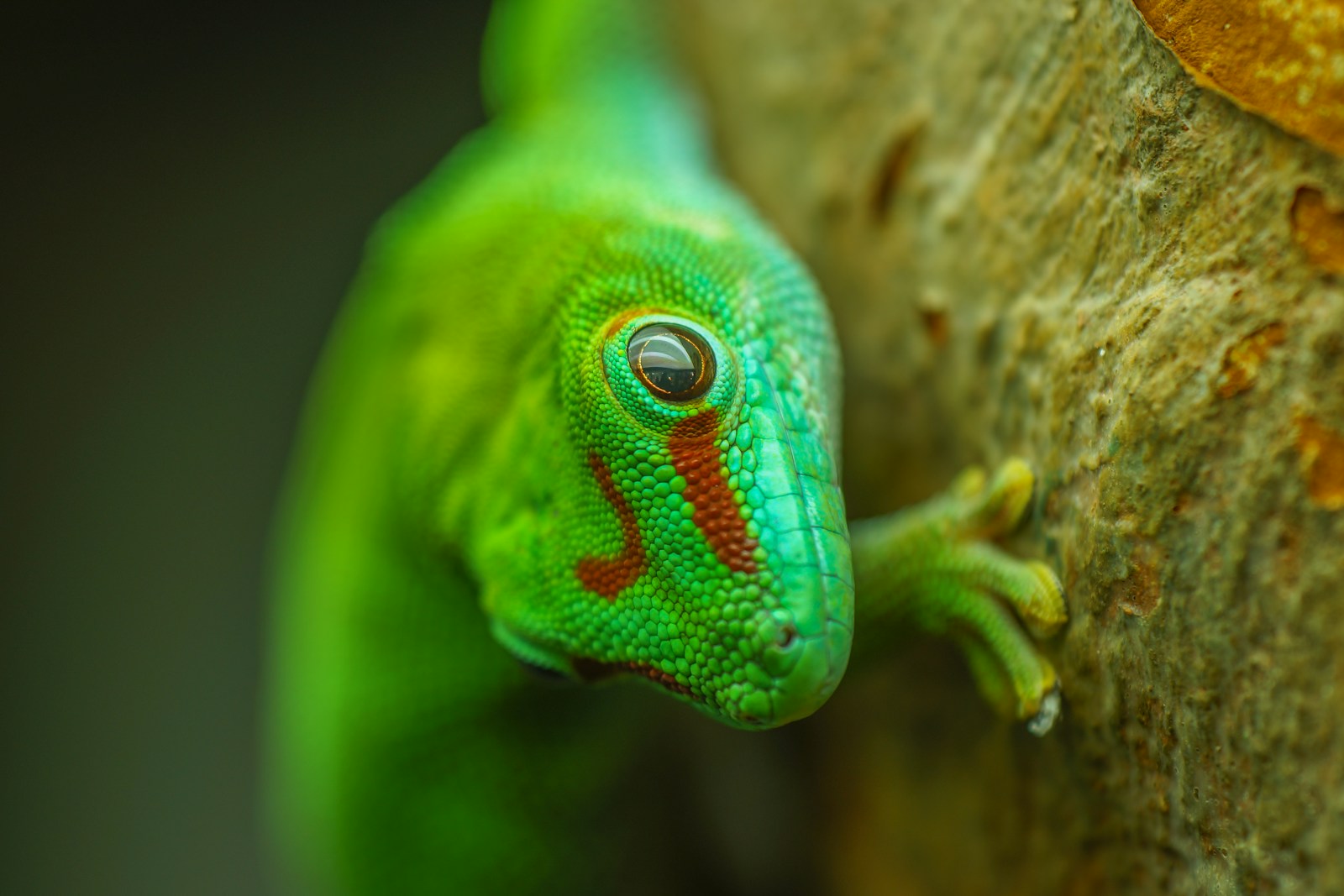
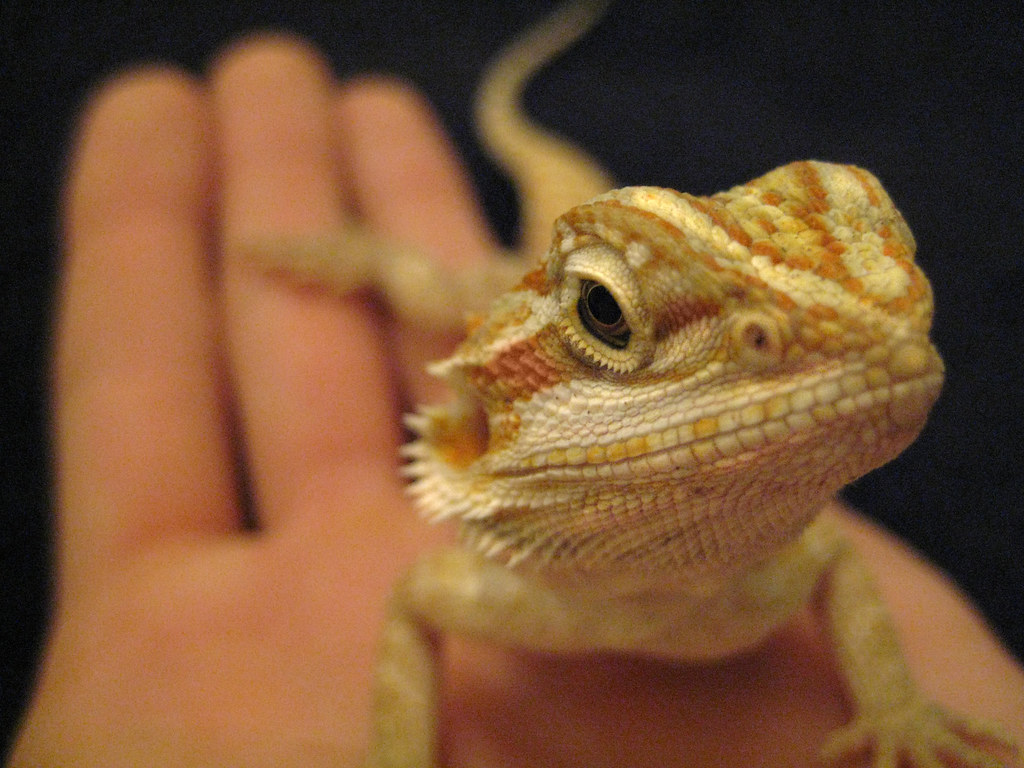


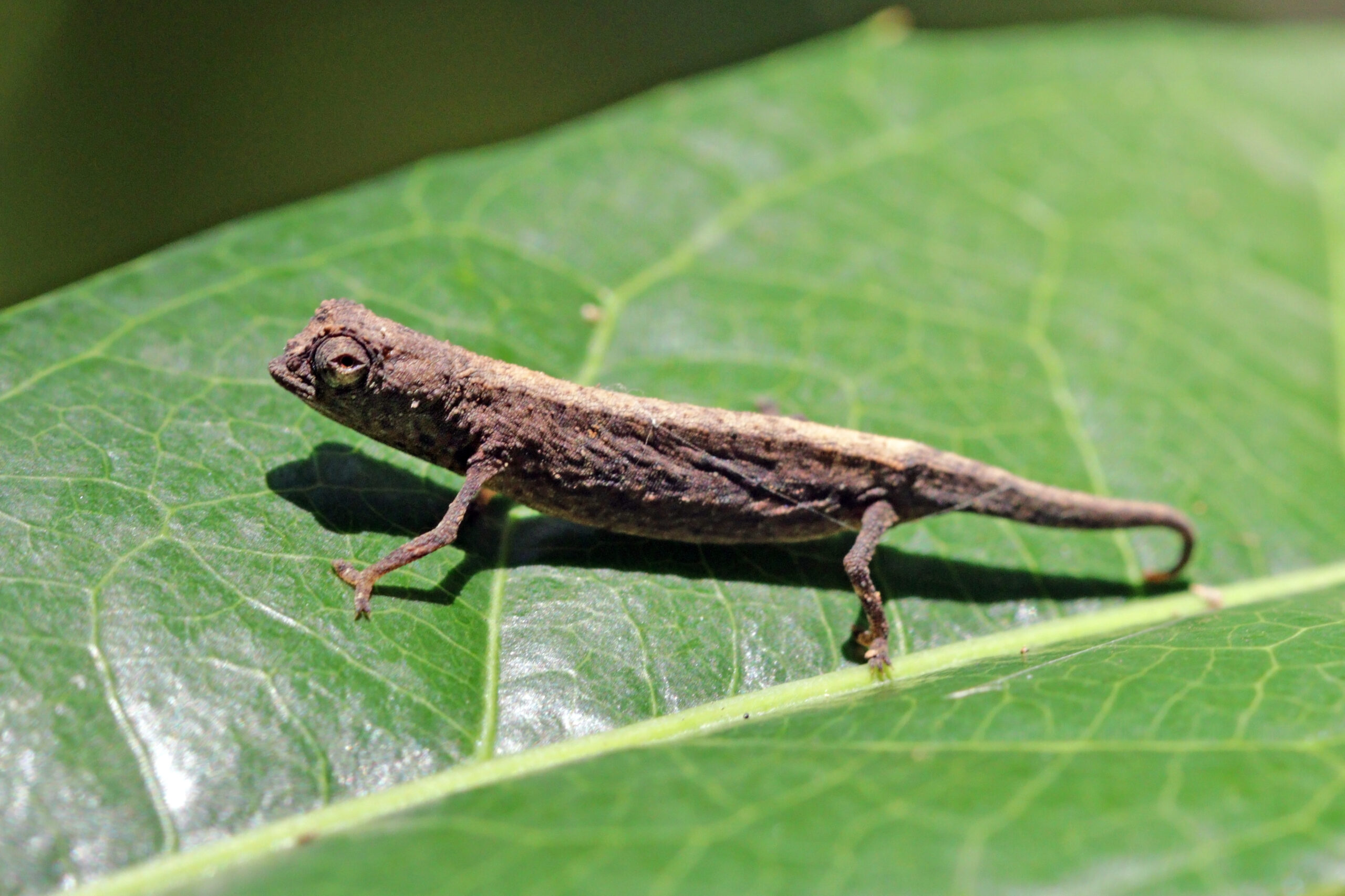




Leave a Reply